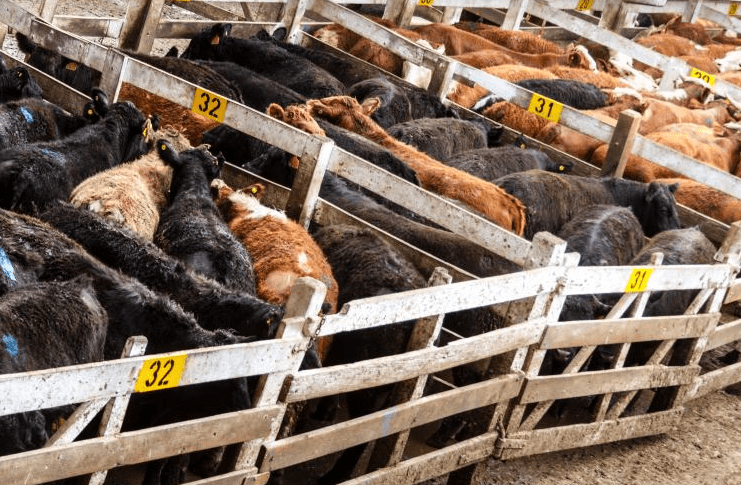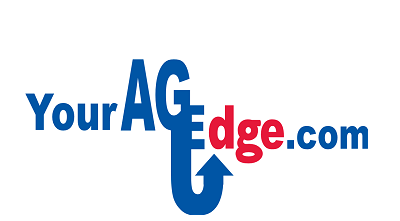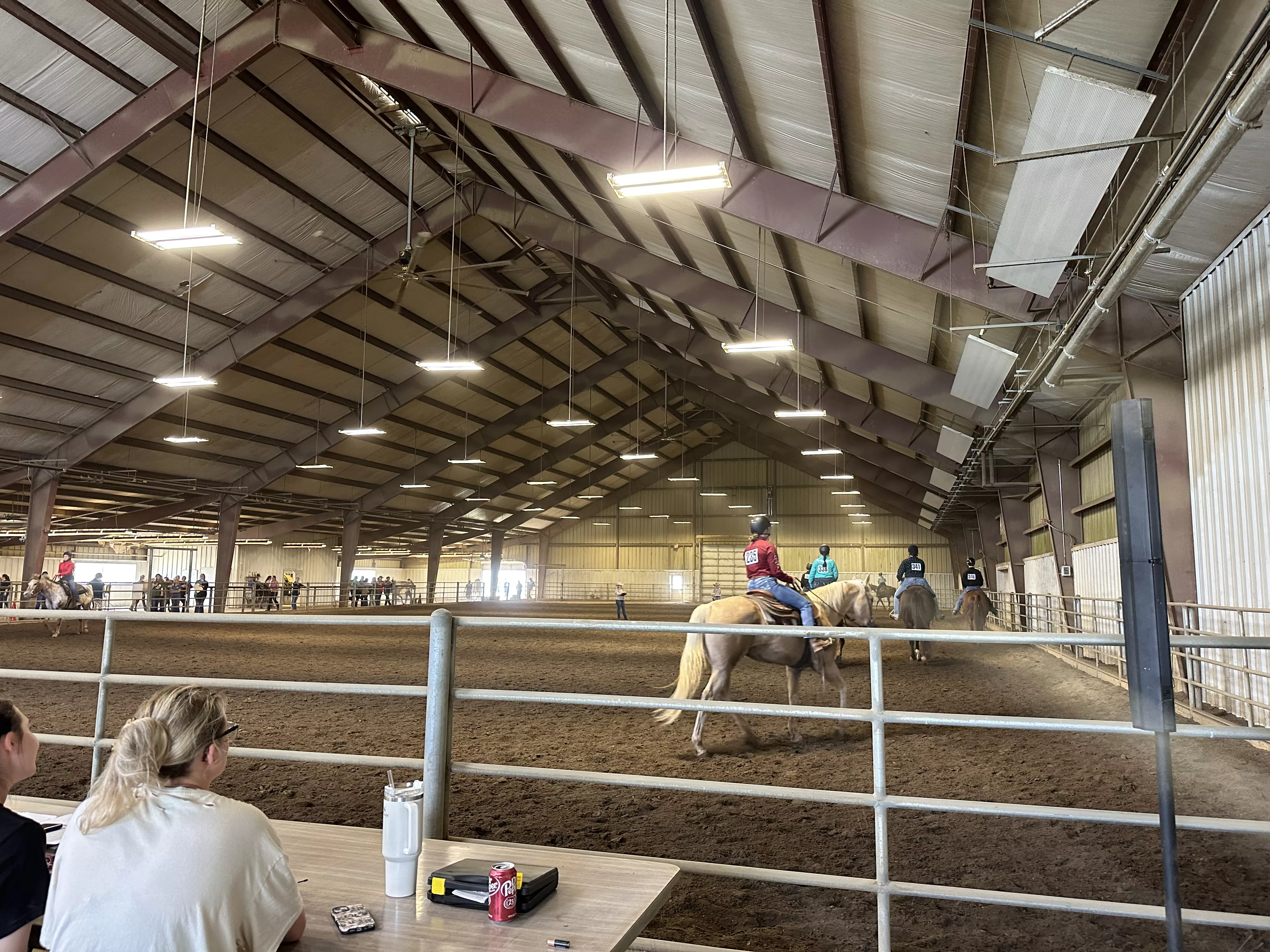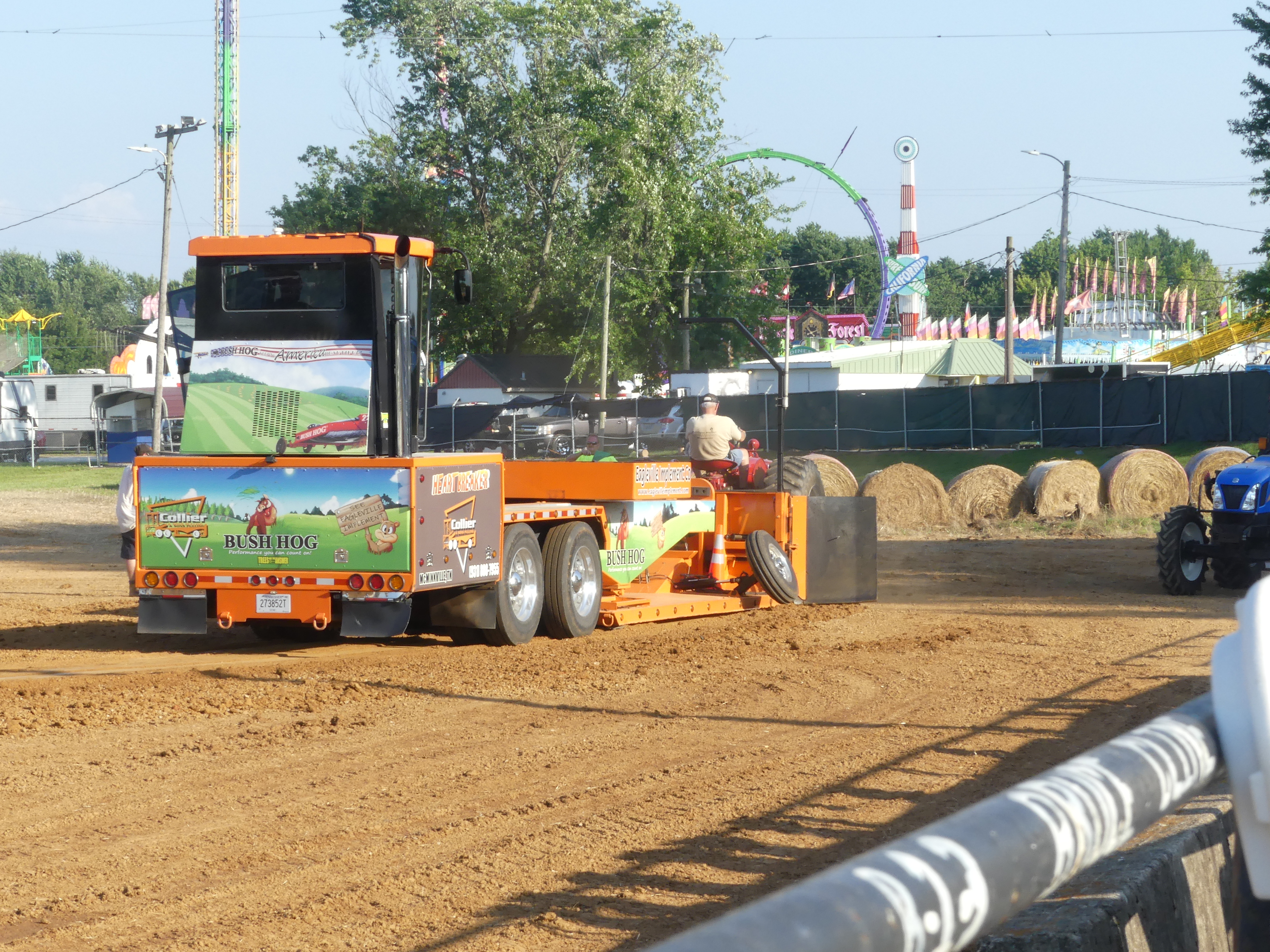As are many things across the country and world right now, cattle markets are swinging up and down amid the COVID-19 economy. University of Kentucky College of Agriculture, Food and Environment economist Kenny Burdine said prices are constantly changing, “almost as fast as we can type.” Burdine adds that while he can tell you what is going on right now, next week, things could be very different.
Cattle markets made some gains at the end of March but couldn’t hold them. Marketings increased quite a bit during the first week of April, which partly caused the decline. Price erosion continued despite reductions in sales across the state.

Burdine points out that it seems like the markets have really become focused on the potential for temporary processing plant shutdowns and reductions in operating capacity. Combining that with supply chain factors, and demand impacts, it’s nearly impossible to predict what will happen next.
“It did look like Kentucky auction prices improved a bit towards the end of last week, but for the week as a whole, prices were down again,” he said. “Calf prices fell by $7 per hundredweight. They typically reach their highs for the year about this time.
Prices for heavy feeders did not fall as much as calves last week but have fallen more drastically since the start of the pandemic. Slaughter cow and bull prices have also not recently fared well, despite being a bright spot in the early days of the pandemic-induced market instability.
“The impact of some meat packing plant closures, and the rumors of more, has the largest impact on cattle closest to harvest,” Burdine said. “I’m talking primarily about fed cattle, cull cows and slaughter bulls.”
The state average prices for 80-85% boning cows is down by $17 per hundredweight from the highs they made at the end of March.
“We continue to operate in a very uncertain market climate,” Burdine said. “Today’s prices are really not a good indicator of tomorrow’s prices.”
Burdine said that he continues to hear a common question of whether it makes sense for producers to retain ownership on market-ready feeder cattle or to sell those feeders in a depressed market.
“If you retain ownership, you are betting on price improvement in the fed cattle market. For some producers, that may end up being a good decision, but it’s not without significant risk,” Burdine said. My best advice is to focus on what you can control and avoid doing things that are completely outside your typical marketing plan.”
April 13, 2020 | By: Aimee Nielson








